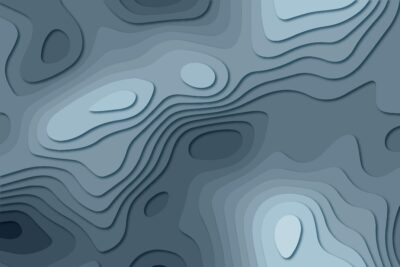
The process of involves UV mapping, where the 2D texture is aligned with the 3D model’s surface using a coordinate system. This mapping ensures that the texture wraps around the model accurately, conforming to its shape and contours.
Texture mapping offers numerous benefits in computer graphics. It allows artists and designers to create lifelike renderings of objects and environments, enhancing the overall visual quality. Textures can add intricate details like bumps, scratches, or patterns, making the models more visually appealing and believable.
Moreover, plays a crucial role in gaming, virtual reality, and augmented reality applications. By applying textures to virtual objects, game developers and designers can create immersive worlds that closely resemble reality.
In addition to static textures, advanced techniques like procedural and normal mapping have emerged. Procedural textures are generated algorithmically, allowing for infinite variations and realistic patterns. Normal mapping simulates fine surface details by encoding them in a texture, giving the illusion of depth without increasing the model’s polygon count.
However, does have its challenges. Seamlessly aligning textures on complex models can be time-consuming and require careful attention to detail. Additionally, large textures can consume significant memory and processing power, impacting performance in real-time applications.
Despite these challenges, remains a vital tool in computer graphics. It enables artists and designers to create visually stunning and realistic digital content, whether it’s for video games, architectural visualizations, or virtual simulations.
In conclusion, is a powerful technique that enhances the visual quality and realism of computer-generated imagery. By applying textures to 3D models, artists and designers can create immersive and visually appealing digital experiences that closely resemble the real world. As technology advances, continues to evolve, pushing the boundaries of what is possible in computer graphics.

